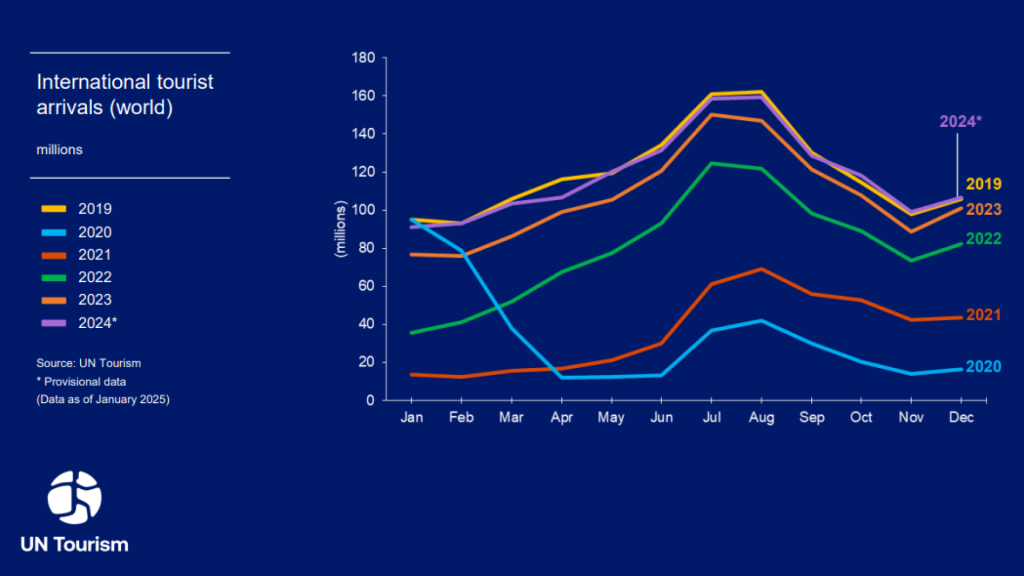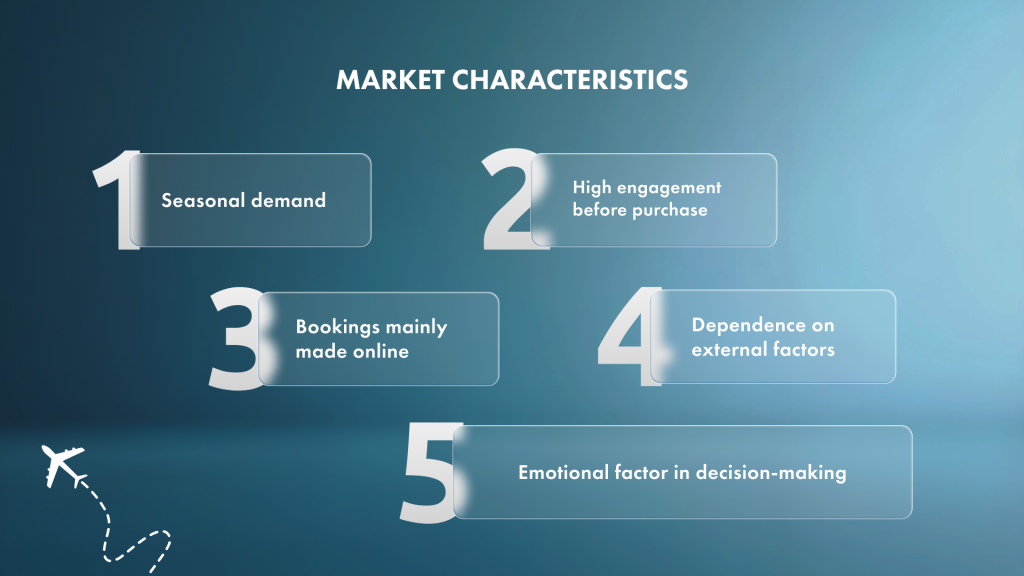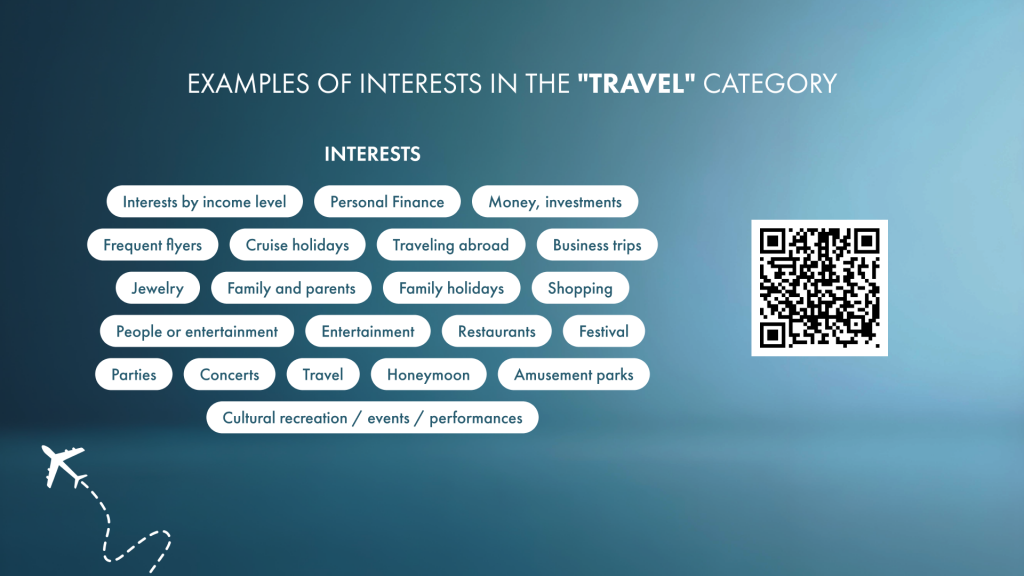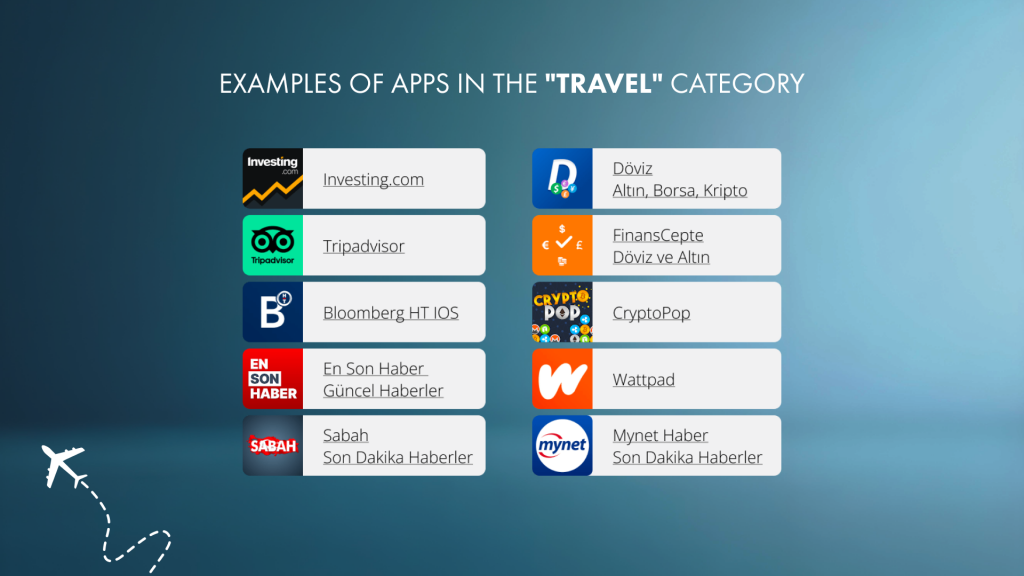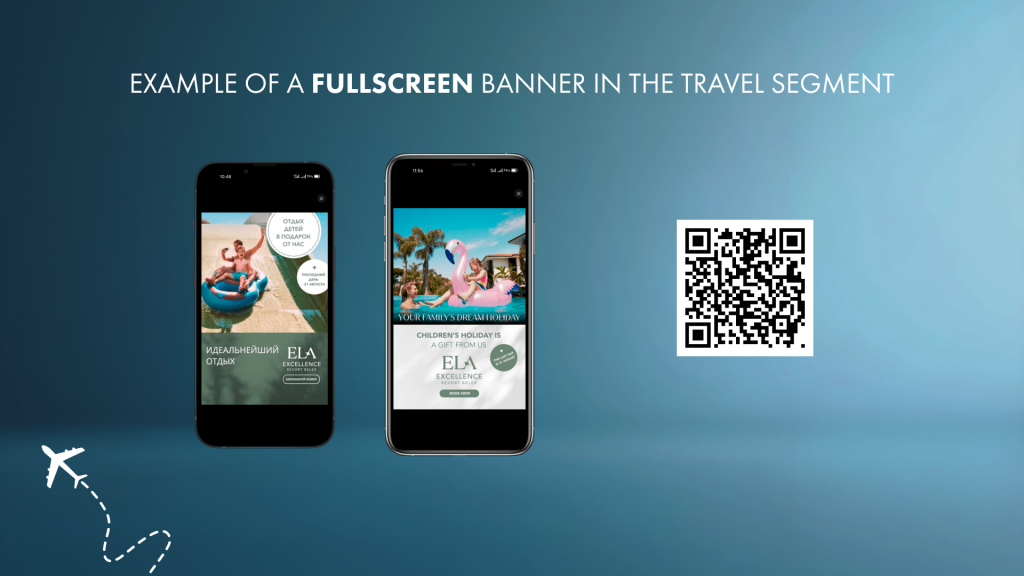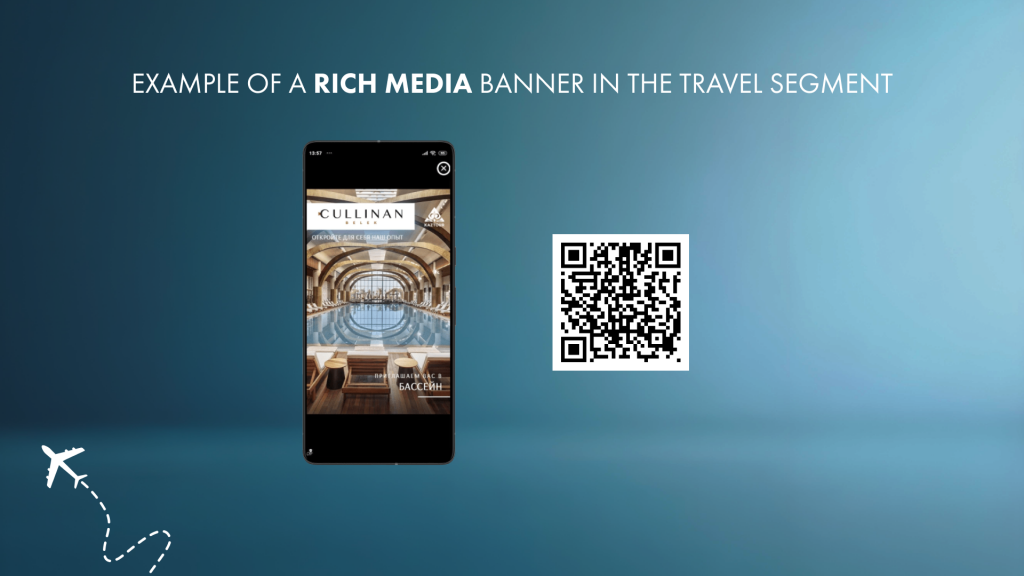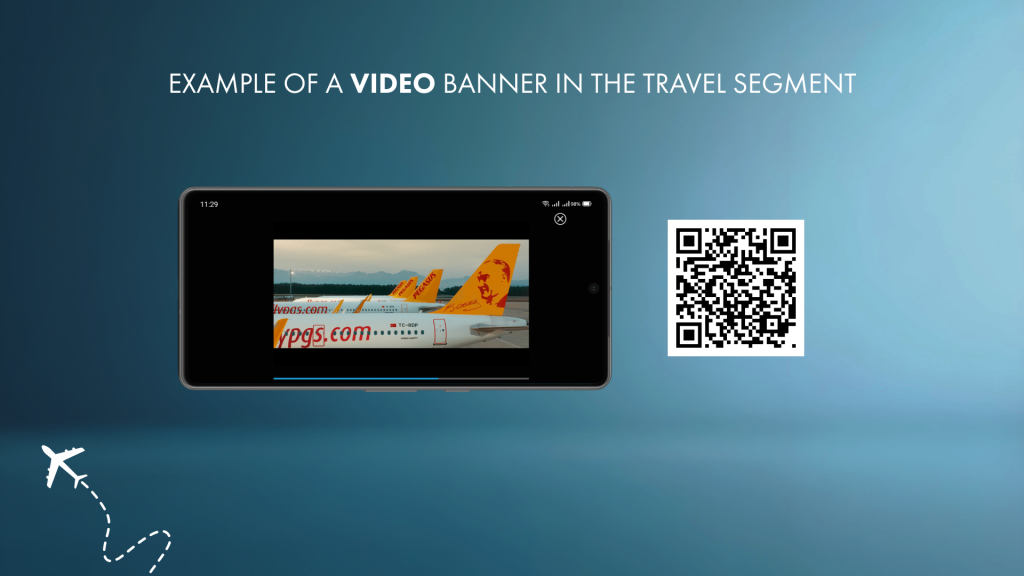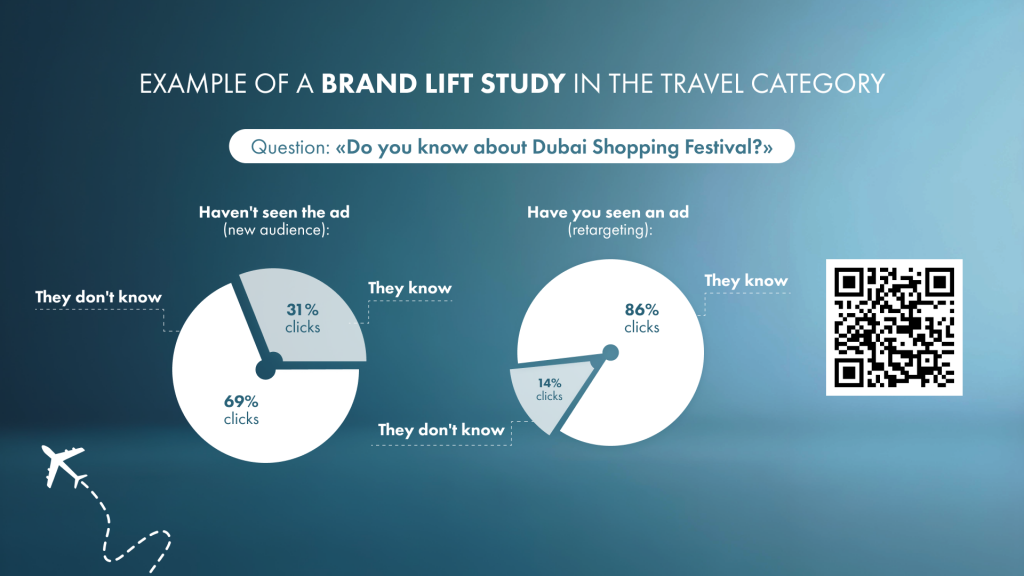Mobile Marketing Strategies for Tourism and Travel Business
The travel business is characterized by strong seasonality and highly individualized offerings. Flexibility and the ability to adapt products to customer needs play a critical role.
To address market specifics and audience interests, it’s essential to implement comprehensive marketing strategies across both online and offline channels.
Programmatic advertising is one of the most effective promotional tools. According to DataReportal, programmatic accounts for 84.8% of all digital advertising.
This article explores the advertising specifics of the tourism sector and explains how in-app tools drive performance.
Tourism Market Characteristics
Most tourism services peak in demand during summer and holiday seasons. Off-season demand declines sharply, requiring strategic adjustments.
According to the World Tourism Organization, global travel peaks in July–August, declines in autumn, and starts growing again in December.
Travelers research extensively: reading reviews, comparing prices, and looking for recommendations. The decision-making process can be long, especially for expensive tours.
Emotions strongly influence trip planning, making visual content a key component of travel advertising.
External factors such as currency exchange rates, political climate, weather, visa requirements, and public health concerns all impact demand. Successful campaigns must account for these variables.
Another key feature of the travel business is digitalization: most bookings are now made online via smartphones — often at the last minute.
Advertising in the Travel Industry
Effective tourism advertising relies on strong visuals and an appeal to people’s aspirations. Successful campaigns are based on personalization and high-quality content.
Key online promotion tools include:
- Mobile advertising — offers precise targeting and creative, engaging banners.
- Search advertising (PPC) — captures warm audiences at the decision-making stage.
- Influencer marketing — builds trust through bloggers, experts, and real travelers.
- Email and retargeting — re-engage users and help finalize purchases.
- Booking platforms — presence on aggregators like Booking.com is essential.
Common Mistakes in Travel Advertising
The travel business has unique features that influence marketing. Ignoring them can waste budget and reduce campaign impact.
Common mistakes include:
- Lack of seasonal and geographic adaptation
- Poor localization and personalization
- Weak visual creatives
- Ignoring post-click performance metrics
Mobile in-app advertising solves many of these issues by allowing precise audience targeting and delivering attention-grabbing creatives.
Programmatic Advertising in Tourism
Roughly 40% of travelers book vacations via smartphones. This makes programmatic in-app advertising a powerful way to engage a warm audience and direct traffic instantly to your website.
Programmatic advertising is the automated purchase of digital ad space using algorithms and user data. Instead of manual setups, programmatic systems decide in real time where and to whom to serve an ad.
Key advantages:
- Precise targeting — only relevant users see the ad
- Scalability — reach millions across multiple platforms
- Real-time optimization — adjust bids and placements automatically for best performance
- Interactive creatives — non-standard banners drive higher engagement
- Transparency & analytics — access to detailed stats and post-click data
Learn more about how programmatic works in our article.
Targeting Travel Audiences
Programmatic uses demographic targeting (gender, age, marital status) and interest-based targeting to reach relevant segments. In travel business, this is crucial as user behavior varies:
- Young travelers seek adventure and budget options
- Families focus on safety, infrastructure, and comfort
- Older tourists prefer convenience and guided tours
- Premium travelers look for exclusivity, privacy, and high service levels
On the BYYD platform, tourism campaigns can run in apps focused on travel, entertainment, and booking.
To further refine targeting, programmatic offers Super-GEO — showing ads to users within a specific radius, such as near a store or mall.
Creatives in the Tourism Category
BYYD offers a wide range of ad formats — from static fullscreen banners to animated Rich Media with gamified mechanics.
Fullscreen banners cover the entire mobile screen and typically appear during screen transitions or pauses. They drive engagement by eliminating content distractions.
For example, to promote Ela Hotels & Resort, the BYYD team developed a Fullscreen banner. As a result, they achieved a CTR of 1.79%.
More details about the mobile campaign.
Rich Media banners include interactive and multimedia elements. Unlike static creatives, they attract more attention through dynamic, engaging content.
In a case for CULLINAN BELEK, BYYD used a Rich Media banner, reached more than 211,445 users and a CTR of 2.1%.
More details about the mobile campaign.
Video is a highly effective creative format — it immerses users and tells a story visually.
For Pegasus Airlines, BYYD used video ads that reached 754,658 users and CTR 3,58%.
BYYD’s in-house production team also develops landing pages to present product benefits and drive conversions.
Brand Safety Guarantee
BYYD applies strict brand safety standards to ensure campaign security:
- Multi-layer app screening
- Traffic quality monitoring via trackers
- Use of white/blacklists
- Bidding only from verified devices
Safety is confirmed by third-party services like Weborama, Adriver, Gemius, MOAT, Sizmek, DCM, IAS, and DoubleVerify.
Brand Lift Research
To measure campaign effectiveness, BYYD offers Brand Lift studies to assess product awareness and audience loyalty.
Surveys are conducted among two groups:
- Users who saw the ads
- Users who didn’t see the ads
During the Dubai Shopping Festival campaign, the study revealed a 31% baseline awareness rate, which increased to 86% after advertising — a 177% uplift.
To evaluate programmatic effectiveness, BYYD tracks key metrics:
- Average time on site
- Bounce rate
- Click-to-session conversion rate
- CTR
In-app tools are a powerful way to grow your tourism and travel business. Mobile advertising helps you reach the right audience and attract new customers.
Want to launch a campaign with programmatic? Email us at hello@byyd.me — our team is ready to help!
Found this helpful? Share it with your friends and colleagues!
For consultations and partnership inquiries:
- Submit a request on our website
- Email us at hello@byyd.me
